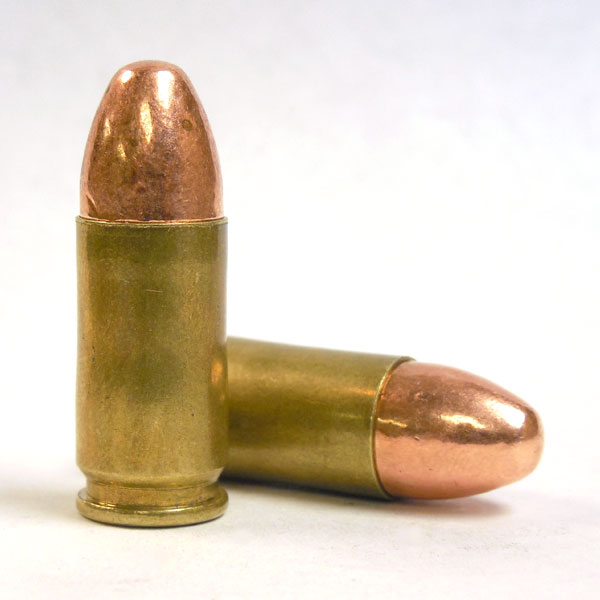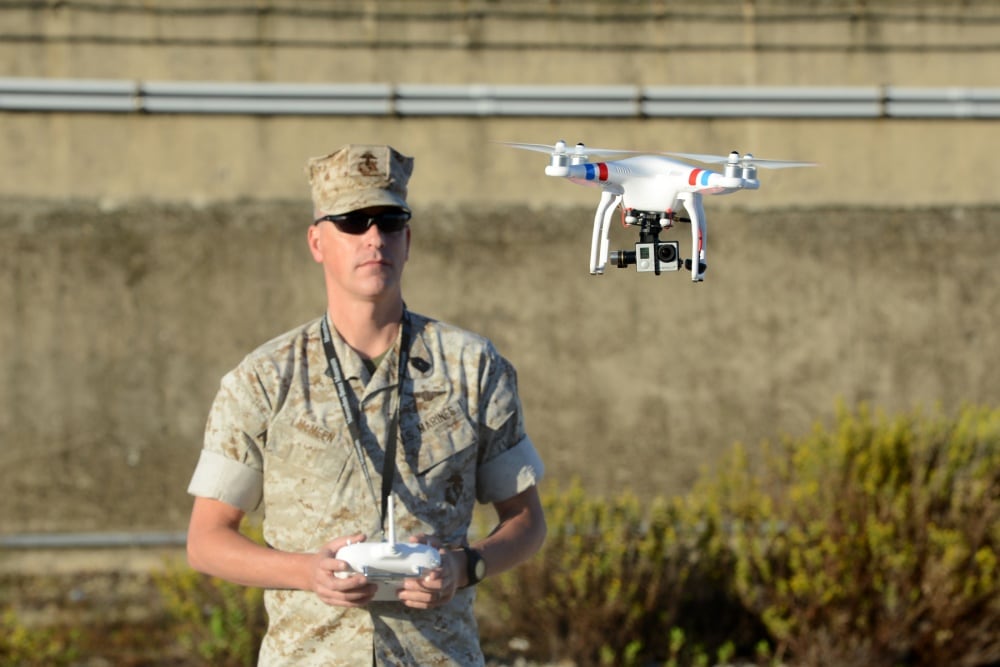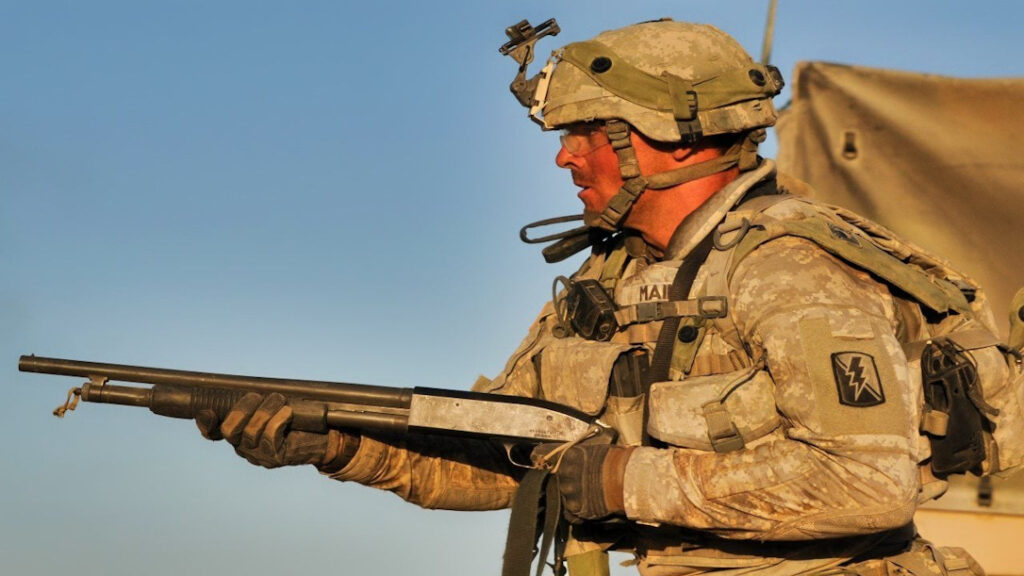The Pistol Caliber Carbine is dead? Long live the Pistol Caliber Carbine?
By whatever name you call the pistol caliber shoulder fired weapon, it took a step back from front and center in the 21st century. The MP5 and its peers did a fine job with police forces and special operation units for decades, but the current point gun of the CQB environment is the 5.56 SBR.
The reasons are numerous, but they concentrate down to a marked improvement in safety and effectiveness for that particular mission.
Advertisement — Continue Reading Below
However nobody needs to rush to abandon or dismiss their smooth shooting 9x19mm’s or .45′ ACPs in favor of 5.56 for those improvements, nor do they need to avoid pistol caliber guns that comfortably fit that home protection niche just because 5.56 is an option.
9mm didn’t get less effective, with modern projectiles it arguably closed the gap a little. The round per round gap still exists and will not be closed, but the required efficacy standard is surpassed by either firearm. The US Military and certain LE units are still soliciting subguns in pistol calibers to fulfill roles.
Here are two reasons, especially right now, not to ditch your PCC/SMG
Advertisement — Continue Reading Below
Ammunition
We’ll take care of the easy one first. 9mm costs have stabilized, and will likely continue to do so, fastest of all the ammunition types after the disruptions from the various panics. $260 can get you a case right now. It’s affordable and you can afford to train with it. Other calibers, like .40 S&W, saw far less disruption overall than its more popular metric brother.

More Effective Than You Think
The main reason that subguns are getting the sideline in the caliber debate is simple, the fire a heavy, thick, and slow projectiles. Pistol rounds have an efficacy limit, and some draw backs like wall penetration, that 5.56 exceeds in numerous ways because the 5.56 is light, long, and fast. But what is often getting falsely attributed to the caliber, instead of the caliber in a handgun, is the remaining efficacy of the subgun/PCC.
Advertisement — Continue Reading Below
The great draw of the 5.56 SBR isn’t just the per shot efficacy, it is the ability to control a space up to 200 to 300 yards from your position with relative ease and a high hit probability. You can control out to 100 yards nearly effortlessly, as the system is zeroed and point of aim pretty much equates to the point of impact. That is also the practical space in which you can positively ID a person as a threat or not with your naked eye. The carbine offers you greater capacity and a greater zone of control that the capacity can influence over the handgun. The larger shoulder fired weapon also comes with some psychological influence, it is recognized within subgroups who understand violence as a tool of seriousness the way a handgun is not.
If you can see something or someone and identify a legitimate threat then you can hit it with a carbine.
If your primary need is a higher capacity and a zone of control primarily within 100 yards, that unaided visual ID range, the PCC/subgun can meet that need handily too. You can fairly easily stretch that to 200 yards too, well beyond the distance for the majority of justifiable line of site engagements. Your PCC and your 5.56 both cover your required effective zone of control and offer you the increased ease of control benefits of being carbines.
Advertisement — Continue Reading Below
The pistol caliber often gets falsely attributed with the degradation in accuracy when the real culprit for handguns is handling. The handgun is significantly more difficult to shoot because it has significantly less support while shooting it. The PCC/subgun has the three points of control that the SBR has and that is what grants both of them the larger efficacy zones. If you were firing 5.56 in method as unstable as a traditional handgun, your effective range would be just as short.
Combine that zone with good hollow point ammunition that runs well in your gun and you have a significantly improved performance envelope without changing caliber. Magazines are all over in 20, 30, 35 round capacities for multiple guns. Recoil is low. Suppression is easy and very effective for further noise safety, especially indoors. Your only major deficiency over 5.56 is going to be the shot per shot energy and terminal ballistics on the target.
Bonus: When Size Matters
We can make some very compact 5.56 and .300BLK guns these days, but we can still make a more compact PCC/Subgun and we aren’t diminishing any of the round’s designed efficiency. Most pistol calibers are designed to burn their powder and reach speed in three to five inches of barrel, so even a subgun with a diminutive profile is loosing no energy on their rounds. The 5.56 round is really loosing a lot with a barrel under 11 inches and has such a tremendous amount of muzzle flash when you get under 9 inches that it can double as a flashbang.
Advertisement — Continue Reading Below
Even with a gun like my X95 SBR, a gun I absolutely wholeheartedly recommend for this role too, where I’m not compromising on my barrel length and the benefits there, I am still locked into a gun that is roughly 24 inches in length. That’s small, no doubt, but an MP5k with the tri-lug muzzle and folding or collapsed stock gets under 15 inches. Makes for much easier stowage and transport.















